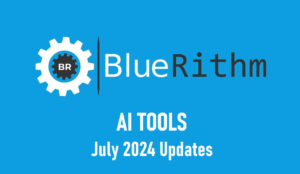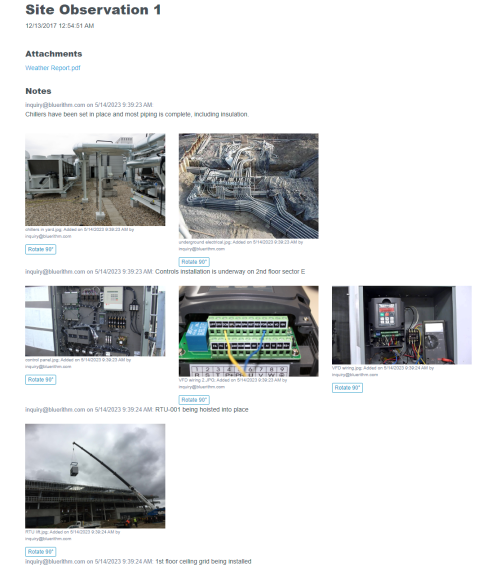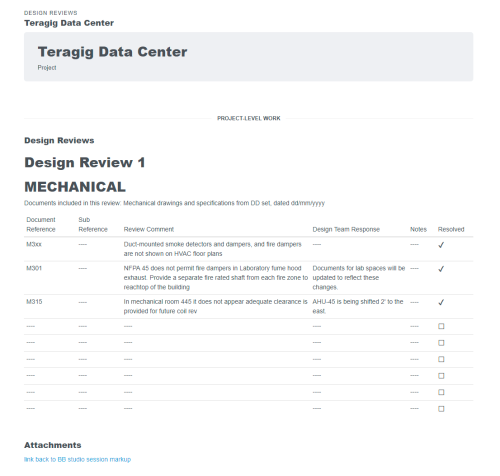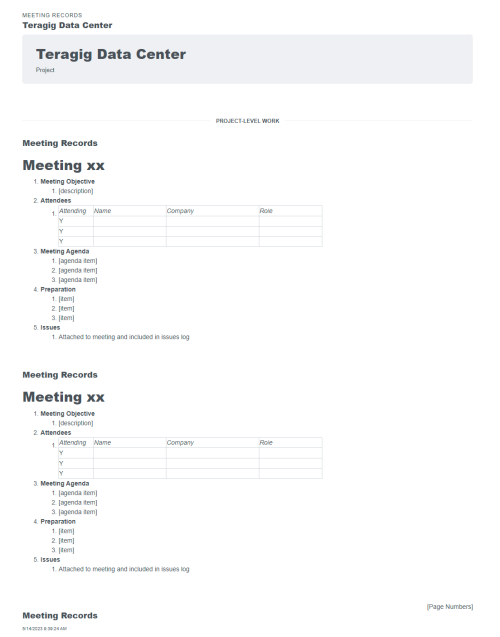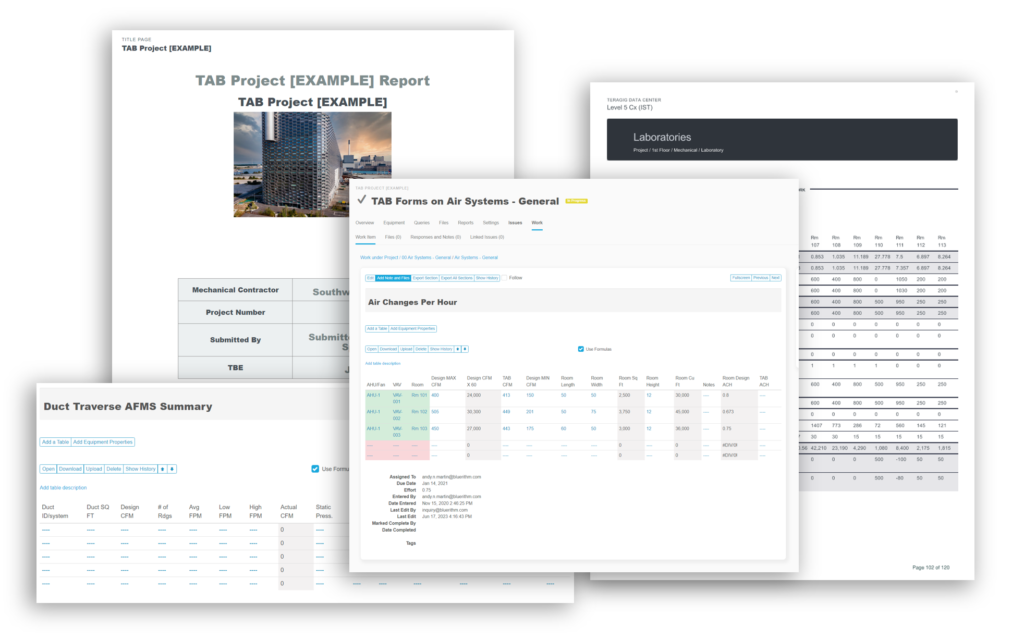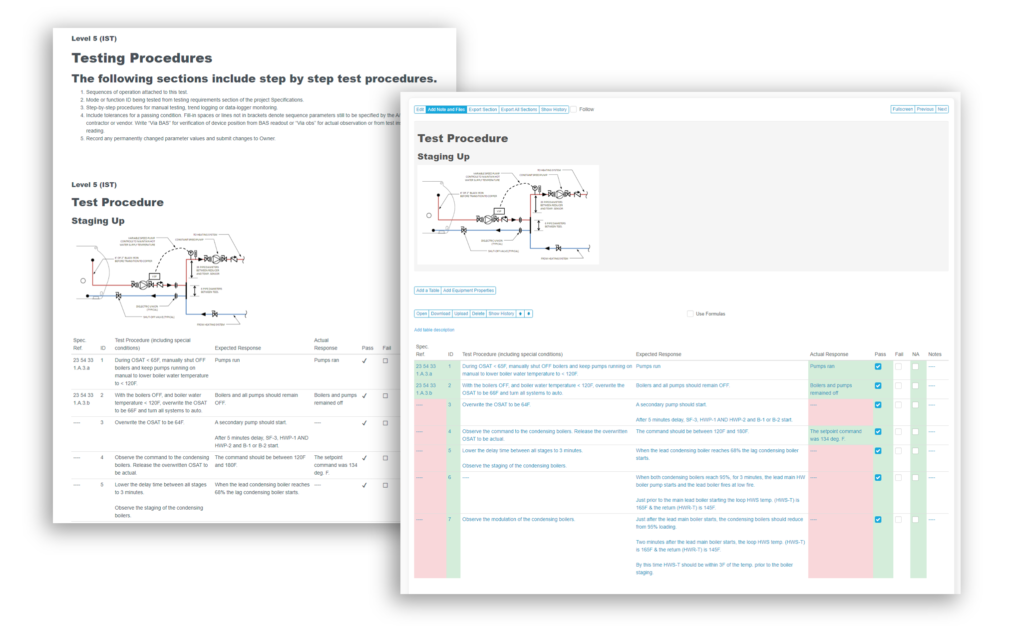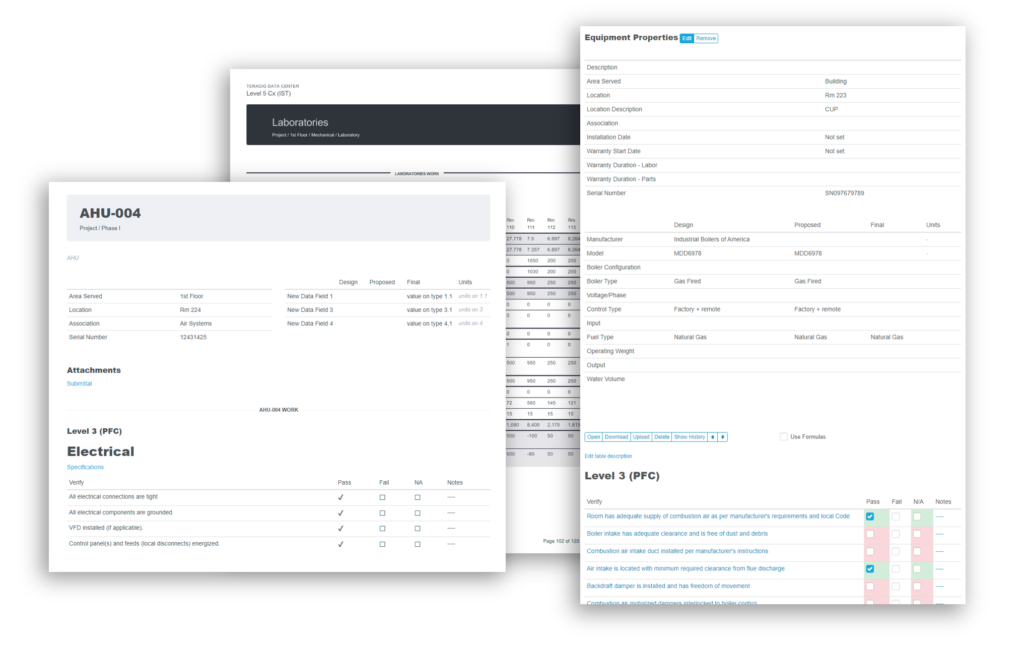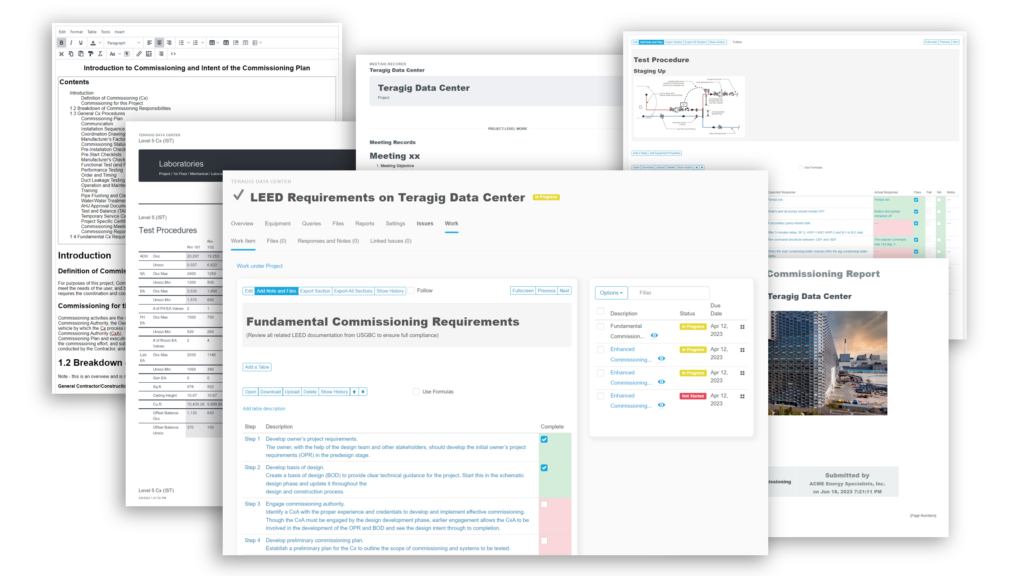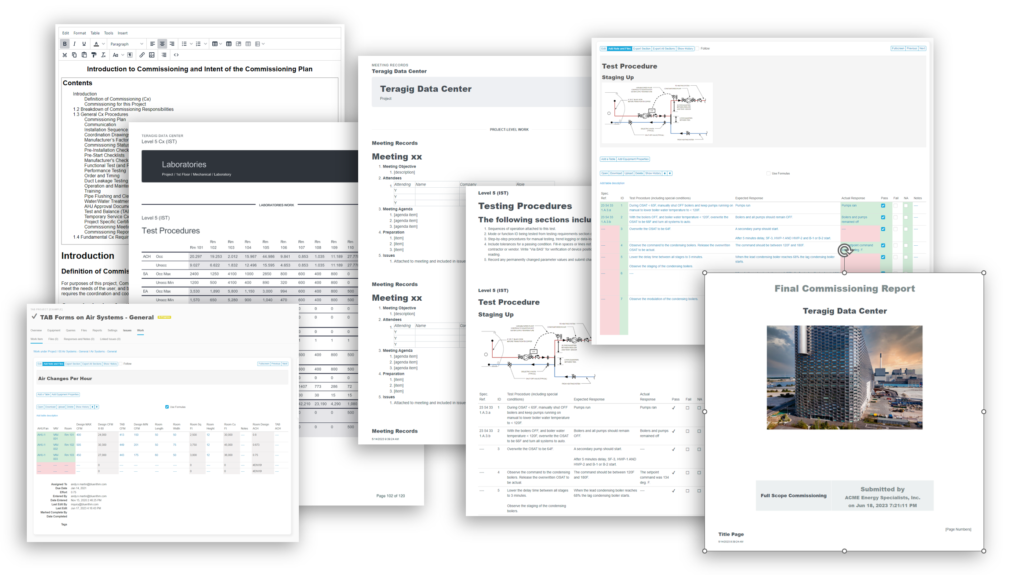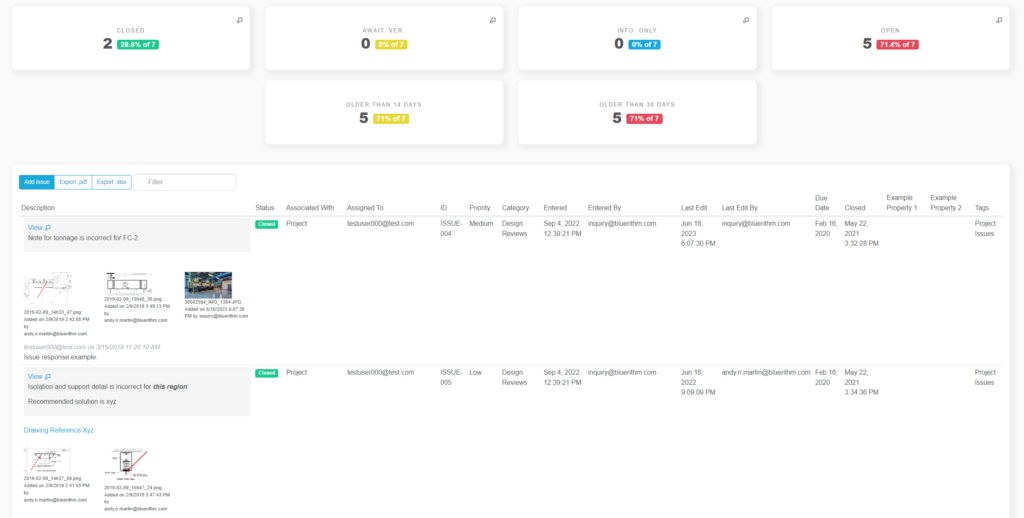In construction, especially when dealing with large-scale projects or “megaprojects,” as detailed in the book “How Big Things Get Done” by Bent Flyvbjerg and Dan Gardner, the concept of commissioning emerges as a pivotal element that contributes to the success and sustainability of projects.
The authors meticulously dissect the anatomy of large projects, blending empirical data with actionable insights to illustrate why scope, optimism, risk management, communication, and leadership, when properly understood and executed, lead to better project outcomes.
Understanding Commissioning in the Context of Megaprojects
Commissioning in the context of megaprojects (and for that matter, any project) goes beyond the simple act of bringing a project to life in the final stages of construction; it encompasses a comprehensive process of planning, executing, and reviewing to ensure that the project not only meets its intended purpose but also adheres to budget, timeline, and quality standards.
According to Flyvbjerg and Gardner, the challenges in executing megaprojects—such as budget overruns, delays, and not meeting expected benefits—are significantly influenced by inadequate project planning and scoping. They attribute these challenges to optimism bias and the lack of empirical data in project estimates and planning. While the term ‘commissioning’ might not be directly used, the essence of their argument aligns with the fundamental goals of commissioning and what a proper commissioning process delivers: ensuring projects are thoroughly planned, executed, and reviewed to meet their intended outcomes within the set budgets and timelines. They advocate for adopting reference class forecasting and engaging stakeholders effectively to improve prediction accuracy and align projects with broader objectives. This approach resonates with the objectives of a comprehensive commissioning process, aiming to address and rectify the systemic issues in how large-scale projects are conceived and implemented, drawing on the multi-disciplinary nature of commissioning practitioners, and ensuring they are set up for success from the outset.
The Role of Commissioning in Enhancing Project Outcomes
Improving Accuracy in Planning and Estimation
Commissioning is a process that emphasizes beginning with the end in mind. One of the key arguments presented by Flyvbjerg and Gardner is the concept of “reference class forecasting” (RCF), which they identify as a cornerstone of effective planning. By analyzing similar past projects (the reference class), project planners can more accurately predict costs and timelines, thereby mitigating the optimism bias that frequently leads to underestimation. Relating the concept of RCF to commissioning enhances our understanding of how integral RCF is to the planning process of megaprojects. In commissioning, the goal is not just to initiate a project but to ensure its alignment with defined objectives, budgetary constraints, and quality standards through meticulous planning, execution, and review. RCF, by enabling more accurate predictions of costs and timelines based on empirical data from similar past projects, directly supports the essence of commissioning. Again, this approach effectively counters the optimism bias—a frequent challenge in project planning that can lead to significant underestimations of scope, time, and cost.
Integrating RCF into the planning process ensures that projects are not only more likely to adhere to their schedules and budgets but also embody a commitment to empirical evidence over unchecked optimism. This methodology enhances the planning phase by equipping project managers and stakeholders with a more realistic foundation upon which to base their decisions, thereby increasing the project’s likelihood of success. By embedding RCF into the initial phases of planning, project planners can set a solid groundwork for the entire project lifecycle, ensuring that every stage from planning to execution and final review is informed by data-driven insights. This alignment with commissioning principles not only fosters better planning and estimation but also significantly contributes to achieving the intended project outcomes.
Enhancing Stakeholder Engagement
Flyvbjerg and Gardner highlight the critical importance of stakeholder engagement in the successful management of large-scale projects. By proactively involving all relevant stakeholders — including government bodies, investors, end-users, and community representatives — early in the project’s lifecycle, project leaders can align the project’s goals with broader social, economic, and environmental objectives.
This approach is in harmony with the process of commissioning. Effective stakeholder engagement ensures that projects are transparent, inclusive, and more likely to meet their intended outcomes. This level of engagement underlines the necessity of integrating diverse perspectives and expectations from the outset, thereby fostering projects that are not only successful in achieving their immediate objectives but also in contributing positively to the broader community and environment.
Ensuring Quality and Compliance
Commissioning plays a vital role in guaranteeing that projects meet specified quality standards and comply with relevant regulations. Through rigorous testing, inspection, and validation processes, commissioning ensures that every component of the project functions as intended, thereby reducing the risk of costly rework and delays. This focus on quality and compliance from the outset not only contributes to the project’s immediate success but also to its long-term sustainability and efficiency.
Promoting Adaptability and Resilience
Flyvbjerg and Gardner argue that effective project delivery also involves preparing projects to adapt to changing circumstances and unforeseen challenges. The nature of commissioning involves working across silos and synthesizing viewpoints and information, revealing insights that could otherwise go unnoticed. This insight makes incorporating flexibility and nimbleness into the project design and execution plans. Projects are then better equipped to respond to new information, technological advancements, and shifting stakeholder needs. This adaptability is essential for navigating complexities and uncertainties that characterize megaprojects, ensuring they remain viable and relevant even as external conditions evolve.
Conclusion
The primary goal of commissioning is to deliver a plant or building that performs according to its design and meets the owner’s project requirements. This goal encompasses verifying system installations, ensuring lower operation and maintenance costs, providing accurate documentation for future maintenance, and optimizing building performance. By implementing a commissioning process, project managers can better manage risks, ensure building performance, prevent expensive breakdowns, and maximize energy efficiency. The commissioning process is integral to achieving optimal outcomes that meet the intended purpose of plants and buildings, and involves a sequence of meticulously planned activities that guide the design, construction, and operation phases, making it a collaborative effort among all project stakeholders (ASHRAE).
“How Big Things Get Done” sheds light on challenges delivery megaprojects, and in turn, how the transformative potential of commissioning can address many of the project delivery challenges. By meticulously planning, engaging stakeholders, ensuring quality, and fostering adaptability, commissioning can significantly reduce the risks associated with large projects. Flyvbjerg and Gardner’s insights underscore the notion that successful project outcomes are not a matter of chance but the result of deliberate, informed, strategic intent and processes. As such, embracing these principles is not merely advisable for those involved in megaprojects; it is essential for anyone looking to meet the goals of their project.
References
Commissioning and Startup .com


